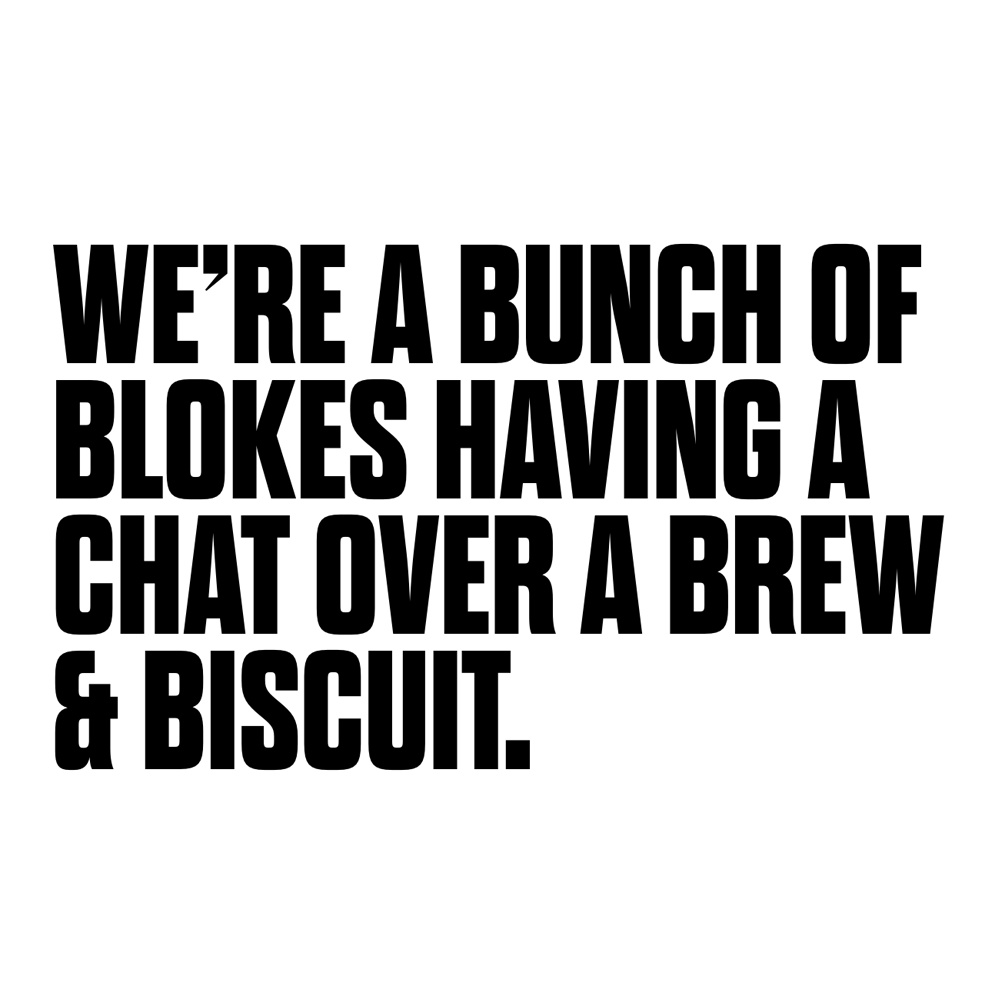"All things change except barbers, the ways of barbers, and the surroundings of barbers. These never change."
- Mark Twain.

What springs to mind when you think of a barber shop? Is it the leather seats, shaving brushes, foamy faces, cut throat razors or the red and white poles synonymous with these establishments? Whatever you think of, if you dig a little deeper barbering has a fascinating history. For example, if you thought that a trip to the barbers was a modern day thing, then you'd be wrong. Razors have been found in relics dating back to the Bronze Age. And the term 'barbering' is pretty old too, coming from the Latin word 'barba', meaning 'beard'. That's some great pub quiz trivia for you right there. You're welcome.

Let's start with the Egyptians back in 3000 BC. They were rather fussy about hair and disliked excess fuzz. They thought that evil spirits could enter your body through your hair. Because of this potential danger, barbers removing the hair were pretty highly respected. Back then you'd have your beard trim done with sharpened flint, stone, or oyster shells. Possibly leaving you a little rough, and bloodied round the edges. In 296 BC the Romans started the tradition of going to the barbers. It was them who set the trend of barbers being the place to meet and socialise. By now crude razors were being used, as well as scissors, combs and creams. They were a clever bunch those Romans.

The middle age saw barbers rather busy with a side-line of pulling teeth, dressing wounds and performing simple operations like setting bone fractures. Blood-letting was also an important practice, and yes you've guessed it, your local barbers could do that for you too. They'd advertise this excellent service by way of a red and white pole, still seen outside some shops today. The brass ball at the top represented the basin that was used to collect the blood (are you still with us?) and the red and white stripes symbolised the blood soaked bandages. Lovely.

Thankfully the 17th century saw barbers move away from this additional medical work. They were getting the odd complaint or two. In the 19th and early 20th century, the barber shop became the stalwart of the community with men visiting to relax and enjoy the luxury provided by a skilled barber. Barbershops took a bit of a nose dive when disposable razors came about (side-eyes at Gillette) And two world wars meant that people became reluctant to spend money on these services.
However slowly and steadily they have come full circle back in to favour, as men are looking for a more customised experience. Services like a hot throat shave, beard and moustache care, styling and even facials are back in popularity, and for the man who likes to take care of his appearance, the barbershop is now, once again the place to go.




